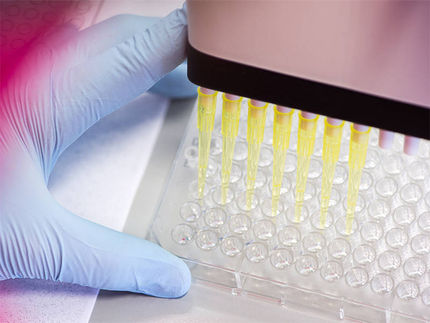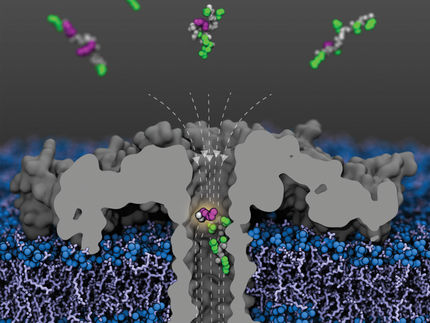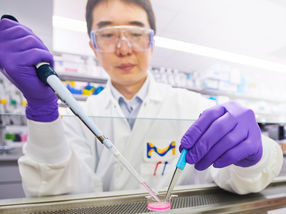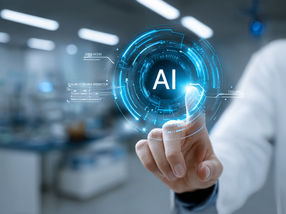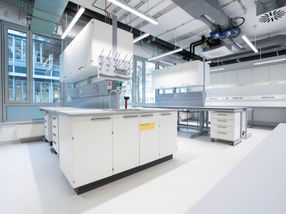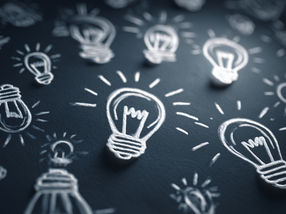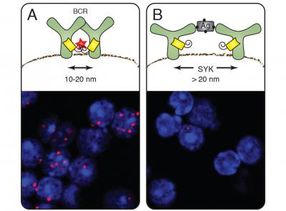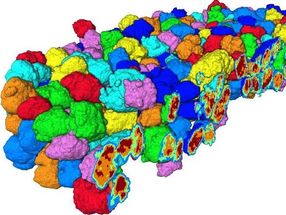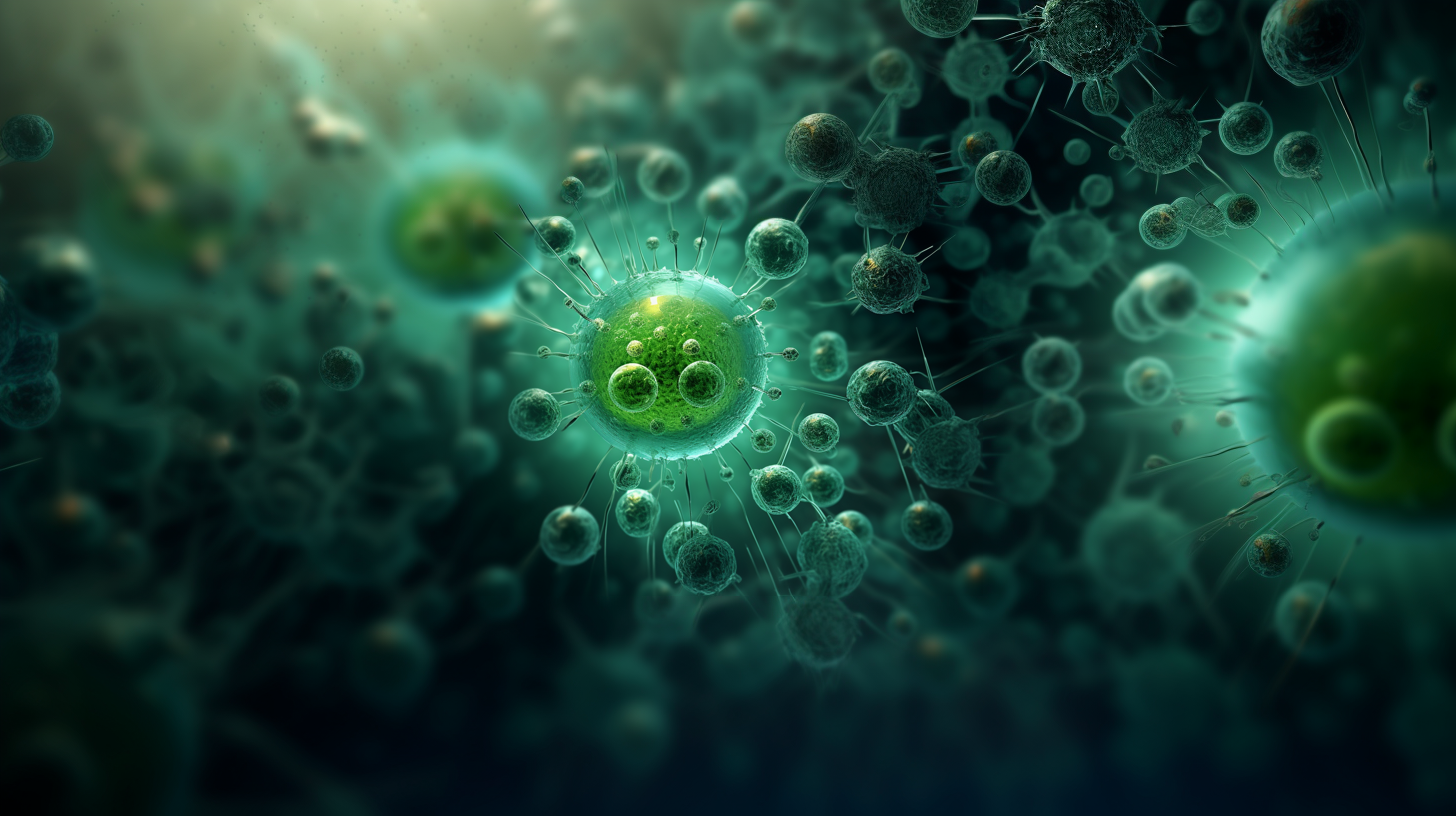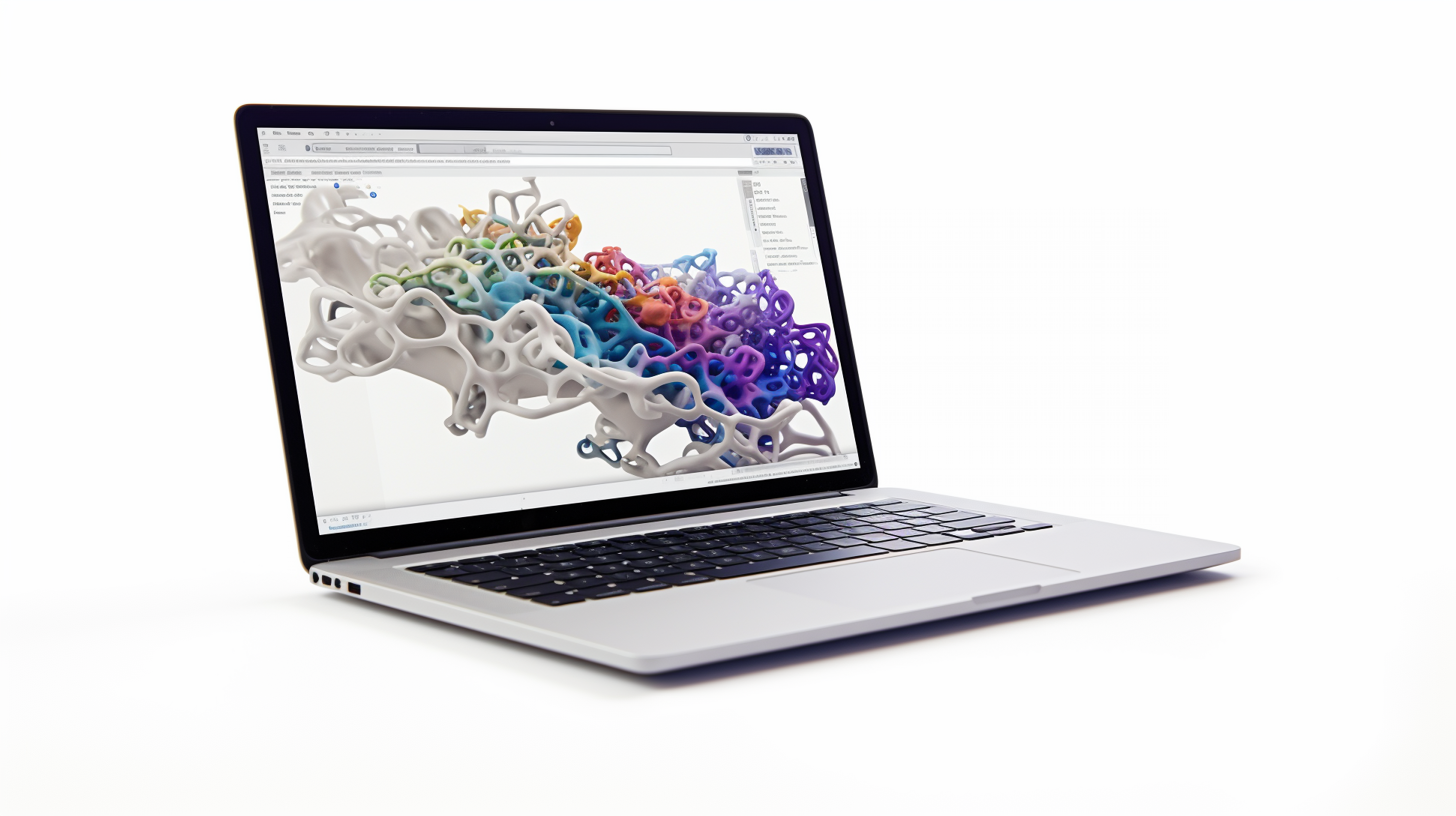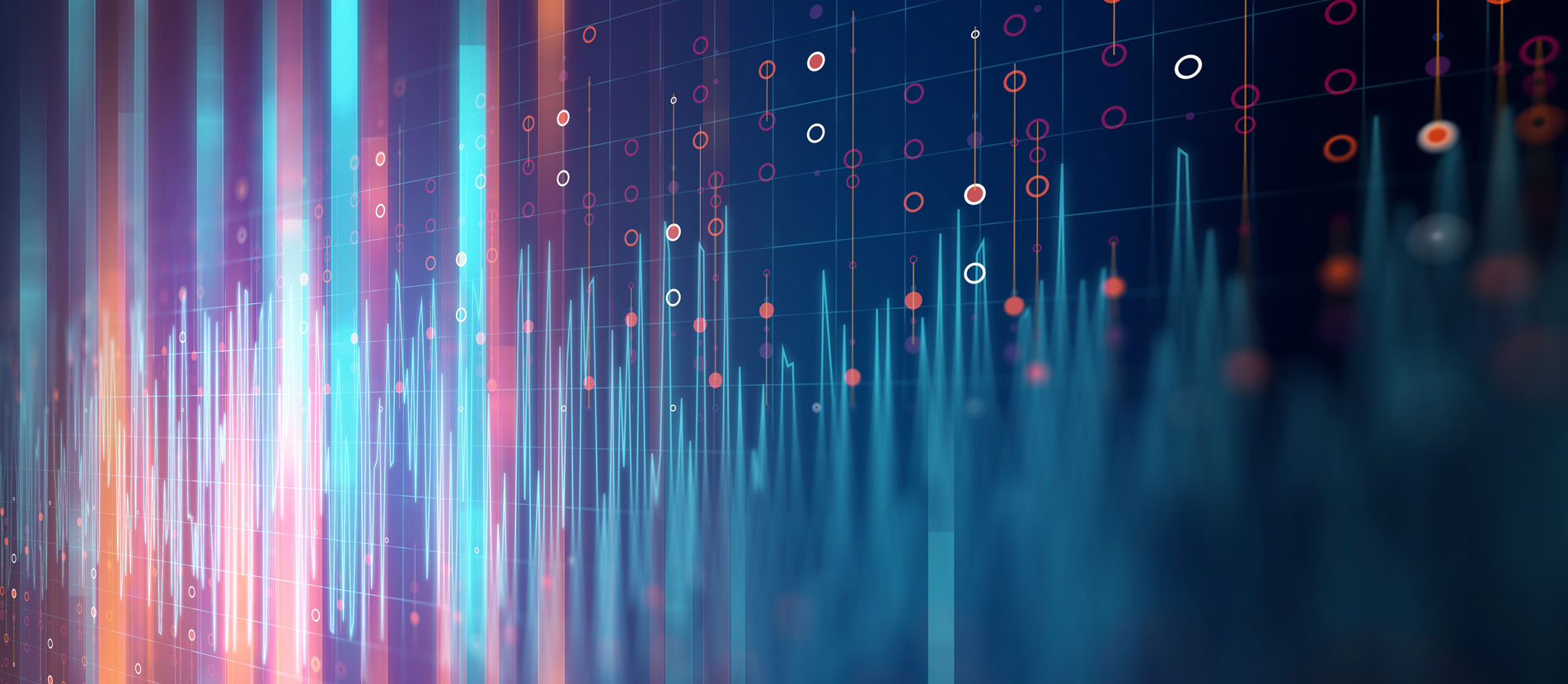Attracting bright and bold minds: new ideas for genome diagnostics and single molecule sensing
Four innovative life sciences ideas with particular economic potential receive awards
Advertisement
The Science2Start award ceremony took place as part of the BioRegio STERN Management GmbH summer reception on July 17, 2025. At the Tübingen-Reutlingen Technology Park, ideas from scientists were honored that, in the opinion of a jury of experts, have particular economic potential. First place went to the AI-supported software solution "dxOmics" for genome diagnostics in cancer and genetic diseases by a team from the University Hospital and the Eberhard Karls University of Tübingen. Technologies for single-molecule sensor technology using solid-state nanopores were developed by a team from the NMI Reutlingen; "PoreForge" was awarded second place. The jury awarded two third places: "Helios2D" is a cell-sparing method for the mass spectrometric analysis of living cells from the Eberhard Karls University of Tübingen. "EndoSurge" is an MRI-compatible catheter system with robotic control and artificial intelligence for interventional procedures for cardiac arrhythmias from the Max Planck Institute for Intelligent Systems in Stuttgart.
The BioRegio STERN Management GmbH summer reception was organized jointly with the Verein zur Förderung der Biotechnologie und Medizintechnik e. V. and Technologieparks Tübingen-Reutlingen (TTR) GmbH. This major regional industry gathering of entrepreneurs, scientists, investors and politicians included the award ceremony for the 16th Science2Start competition, which recognizes commercially promising life sciences ideas from scientists and founders in the region. Voelker & Partner Rechtsanwälte Steuerberater Wirtschaftsprüfer mbB once again offered the prize money totaling 5,500 euros. The keynote speech was given by successful founder Dr. Claus Kremoser: "As an experienced biotech entrepreneur, I am delighted to be able to help present the awards to the winners of the Science2Start competition. It is so important that we promote entrepreneurship. If we want growth, we need bright, courageous minds who have good ideas and who also have the courage to try their hand at founding a company. I can only say that if there's one thing I don't regret in life, it's becoming a biotech entrepreneur."
The winners of the Science2Start competition 2025
1st place: "dxOmics": AI-supported software solutions for genome diagnostics in cancer and genetic diseases, Daniela Bezdan, Dr. Marc Sturm, PD Dr. Tobias Haack, Prof. Dr. Stephan Ossowski, University Hospital Tübingen and Eberhard Karls University Tübingen.
Cancer and rare genetic diseases affect many people; today, modern genome sequencing offers the possibility of detecting disease-causing changes in the genome at an early stage. However, the evaluation of these complex data sets is time-consuming and requires specialized expertise. dxOmics closes a crucial gap here: With AI-supported diagnostics, the analysis of genetic data is significantly accelerated, automated and integrated into everyday clinical practice. The underlying artificial intelligence has been trained on more than 100,000 known pathogenic variants, tested in the diagnosis of 40,000 patients and is already in use in several hospitals. dxOmics helps experts to diagnose and select treatments for 300 types of cancer and 8,000 rare genetic diseases. The platform was developed at the Institute for Medical Genetics and Applied Genomics (IMGAG) at Tübingen University Hospital and spun off as dxOmics GmbH at the end of 2024. It combines powerful analysis tools, medical knowledge databases, artificial intelligence and cloud support to create an integrated system that reliably identifies disease-relevant genetic information and automatically translates it into specific treatment recommendations. The platform thus makes an important contribution to the implementation of personalized medicine.
2nd place: "PoreForge": Technologies for single-molecule sensing using solid-state nanopores, Dr. Peter D. Jones, Teresa Tang, Michael Mierzejewski, NMI Natural and Medical Sciences Institute in Reutlingen.
The analysis of proteins enables a better understanding of the molecular mechanisms underlying diseases. However, current methods have their limits: they require central laboratories and expensive equipment, which limits access and scalability. Dr. Peter Jones and his team are developing technologies for single-molecule sensing using solid-state nanopores. These nanometer-scale pores are produced in semiconductor materials and are considered promising sensors for the label-free analysis of individual proteins. Their advantage: they enable very compact systems through electrical readout and offer potential for high scalability thanks to semiconductor-based production. However, solid-state nanopore sensors are currently not available on the market in sufficient quantities. Researchers need thousands of chips with sufficient precision and the right materials. To close this gap, PoreForge uses nanofabrication tools that enable rapid prototyping without expensive cleanroom facilities. Parallelization is used to increase the nanopore density on each chip. The team has succeeded in integrating a high number of solid-state nanopores into a single microfluidic chip; this increases measurement throughput while improving signal quality.
3rd place: "Helios2D": A cell-sparing method for the mass spectrometric analysis of living cells, Dr. Timm Schäfle, Institute of Organic Chemistry, Eberhard Karls University of Tübingen.
In order to develop new active substances, Dr. Timm Schäfle has developed an innovative analytical instrument for mass spectrometry based on cold helium plasma as part of his doctorate (research group of Prof. Stephanie Grond). The particular advantage of the technology is that living cells, such as bacteria, can be analyzed by mass spectrometry without destroying them. In contrast to conventional methods, which only map a single point in time of growth, Helios2D allows the time-resolved analysis of the metabolic profile of a sample over many days. This allows molecular changes in the various growth and stationary phases to be tracked and examined in detail. This provides new insights into metabolic processes and the reactions of living cells to external influences - such as active substances or environmental conditions. In addition to bacteria, other cell types such as human cells, in particular tumor cells, can also be studied over longer periods of time for the first time in order to identify new therapeutic targets. The system, for which a patent application has already been filed by the University of Tübingen, is a closed plasma ion source that is operated in an inert atmosphere and coupled to a mass spectrometer. Further research is now being carried out by Dr. Timm Schäfle as part of the Innovation Grant funding program of the Eberhard Karls University of Tübingen.
3rd place: "EndoSurge": MRI-compatible catheter system with robotic control and artificial intelligence for interventional procedures for cardiac arrhythmias, Dr. Martin Phelan, Lisa Stuch, Siddhant Kadwe, Max Planck Institute for Intelligent Systems, Stuttgart.
In Germany alone, around 100,000 catheter ablations are performed every year to treat cardiac arrhythmias. The innovation by Dr. Martin Phelan and his team is based on the development of a fully MRI-compatible catheter system that uses robotic control and artificial intelligence (AI) to perform interventional procedures to treat cardiac arrhythmias. The MERLIN system, consisting of a robotically controlled handheld device and a teleoperation module, uses the strong static magnetic field of a clinical MRI system not only for precise real-time imaging, but also for active control of the catheter tip. A unique feature of the technology is the remote control architecture. Algorithms can be integrated that continuously learn from the real-time MRI image data and the sensor data of the force measurement, allowing optimal control profiles to be determined for different anatomical situations. The teleoperation interface makes highly specialized expertise available regardless of location, for example in medically underserved regions.
Note: This article has been translated using a computer system without human intervention. LUMITOS offers these automatic translations to present a wider range of current news. Since this article has been translated with automatic translation, it is possible that it contains errors in vocabulary, syntax or grammar. The original article in German can be found here.
Other news from the department business & finance
Most read news
More news from our other portals
Something is happening in the life science industry ...
This is what true pioneering spirit looks like: Plenty of innovative start-ups are bringing fresh ideas, lifeblood and entrepreneurial spirit to change tomorrow's world for the better. Immerse yourself in the world of these young companies and take the opportunity to get in touch with the founders.




